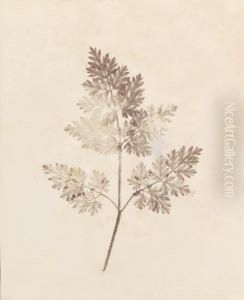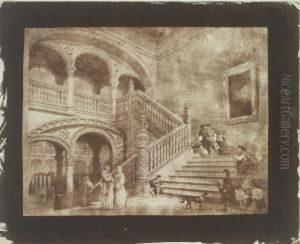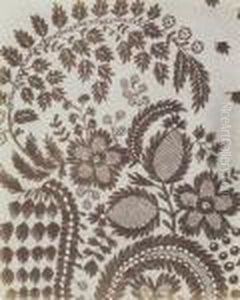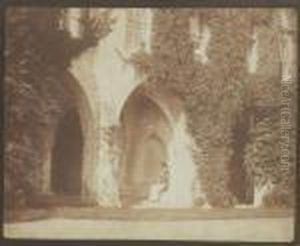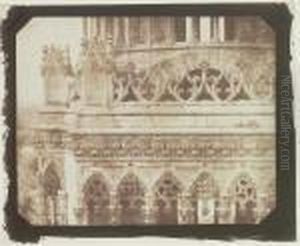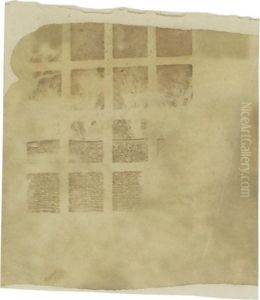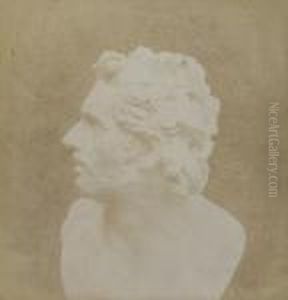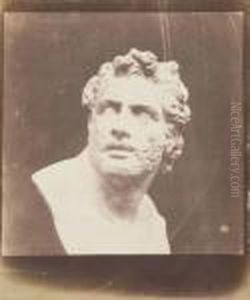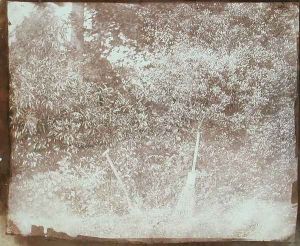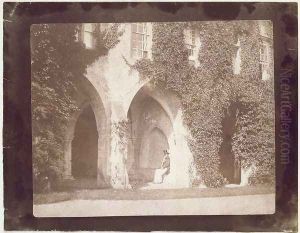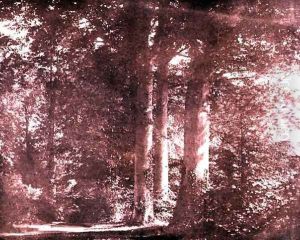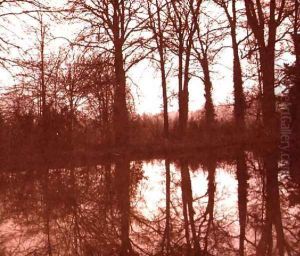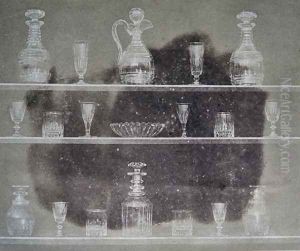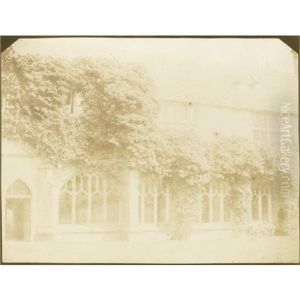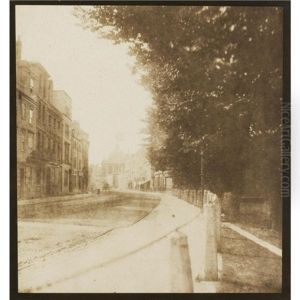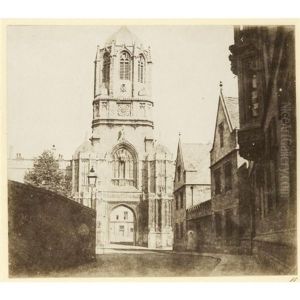William Henry Fox Talbot Paintings
William Henry Fox Talbot was a British scientist, inventor, and photography pioneer who played a key role in the development of photography as we know it today. Born on February 11, 1800, in Melbury, Dorset, England, Talbot was a polymath with interests that spanned various fields including mathematics, astronomy, and archaeology. However, it is his work in photography that has left an indelible mark on the world.
Talbot's journey into photography began in the early 1830s, during a trip to Lake Como in Italy, when he became frustrated with his inability to capture the beauty of the landscape using traditional drawing techniques. This frustration led him to search for a method to 'fix shadows' or capture images automatically without the need for a draftsman's skills. His experiments led to the creation of the 'photogenic drawing' process in 1834, which involved placing objects on light-sensitive paper and then exposing them to light to create an image. This early form of photography, though revolutionary, produced negative images that were not permanent.
In 1839, upon learning about Daguerre's development of the daguerreotype in France, Talbot was spurred to further refine his process. He developed the calotype or talbotype process, which created negative images on paper that could then be used to produce multiple positive prints. This process, patented in 1841, was a significant advancement in photography as it allowed for the reproduction of images, laying the groundwork for modern photographic techniques.
Talbot's contributions to photography were not limited to his inventions. He also wrote the first illustrated book with photographic images, 'The Pencil of Nature', published in installments between 1844 and 1846. This book demonstrated the potential of photography as a tool for art, science, and documentation.
Despite his pioneering work, Talbot's contributions were somewhat overshadowed by the popularity of the daguerreotype in the early years of photography. However, as the limitations of the daguerreotype became apparent, particularly its inability to produce multiple copies from a single image, Talbot's process gained recognition for its versatility and utility.
William Henry Fox Talbot passed away on September 17, 1877, in Lacock, Wiltshire, England. His legacy is celebrated in the history of photography, particularly for his invention of the negative-positive process, which remains foundational to photographic techniques used today. Beyond his contributions to photography, Talbot's work in other scientific fields and his role as a pioneer in the early days of this art form have established him as a significant figure in the annals of science and art history.
